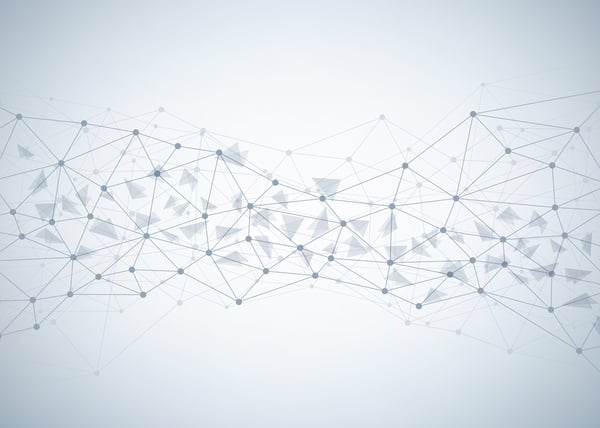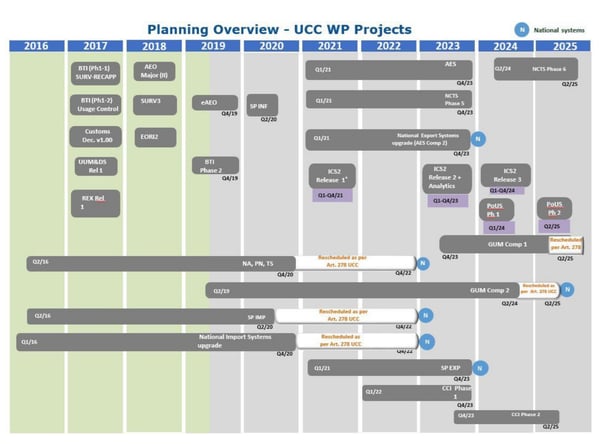The dates in this blog post might be outdated.
Since the beginning of the 21st century, customs services have undergone important changes. The role played by customs professionals and the working methods and processes have developed substantially to accommodate the increasing volume of world trade and rapidly evolving technologies and business models. A consequence of that has been the abandonment of traditional paper-based procedures in favour of electronic forms of delivery to better facilitate trade and ensure protection at the EU borders.

Making Customs All-Electronic by 2025
EU-wide electronic customs systems developments are laid out in the 2019 revision of the EU’s Multi-Annual Strategic Plan for Electronic Customs (MASP-C) which outlines the plan to replace all paper-based customs procedures with electronic procedures by the middle of 2025. The MASP-C document is a management and planning tool compiled by the European Commission in partnership with Member States and provides a complete and up-to-date overview of all future customs projects and envisaged IT requirements in line with the UCC revision.
In 2017 and 2018, some key UCC projects related to electronic systems were deployed, including the UCC Registered Exporter System (REX), the UCC Binding Tariff Information - BTI upgrade, and the UCC Economic Operator Registration and Identification (EORI) system upgrade. However, there is still a long road ahead. Below you will find some key IT projects that are in the pipeline for 2020-25:
- The UCC Information Sheets for Special Procedures (INF) aims to develop a new system to support and streamline the processes of data management and the electronic handling of data required in connection with the customs formalities known as Special Procedures (deployment finalised on June 1st, 2020).
- The UCC Guarantee Management (GUM) aims to assure the effective and efficient management of different types of guarantees. Two components exist:
- Component 1 – GUM: The trans-European system will cover the management of the comprehensive guarantees that may be used in more than one Member State and monitor the reference amount for each customs declaration, supplementary declaration, or any appropriate information of the particulars needed for entry in the accounts for the existing customs debts. This will apply to all customs procedures as provided for in the Union Customs Code, except transit which is handled as part of the NCTS project.
- Component 2 – National Guarantee Management: The electronic systems existing at the national level to manage the guarantees valid in one Member State are to be upgraded (deployment by 2025).
- The UCC Proof of Union Status (PoUS) aims to store, manage, and retrieve all declarations that traders provide to prove the Union status of their goods. This project can be deployed either centrally or nationally, but many Member States have explicitly conveyed their intention to use the central system developed by the European Commission.
 A complete overview of all projects already implemented and to be deployed and a short explanation of each project can be found on the website of the European Commission.
A complete overview of all projects already implemented and to be deployed and a short explanation of each project can be found on the website of the European Commission.
The complete implementation agenda of the IT projects set out in the Work Programme and MASP can be found there as well.
Stay Tuned!
We will be following up on these projects in the upcoming months and will provide you with updates as they become available and continue to be clarified. We will give you an update on the foreseen changes as well as a tools and services solution that will enable you to adapt to these changes as efficiently as possible. Keep up on the ever-changing world of customs by following C4T on LinkedIn, Twitter, Instagram and Facebook, and bookmark the C4T Inspire blog.